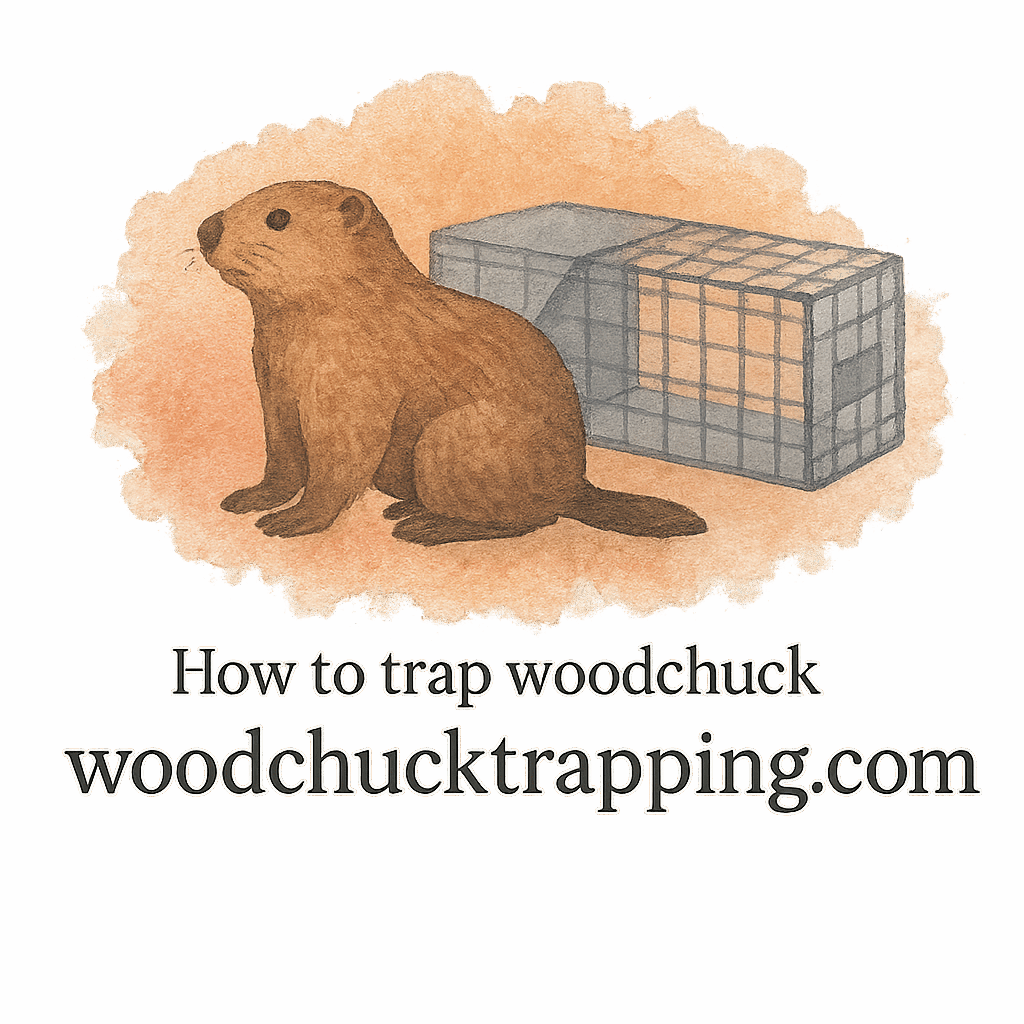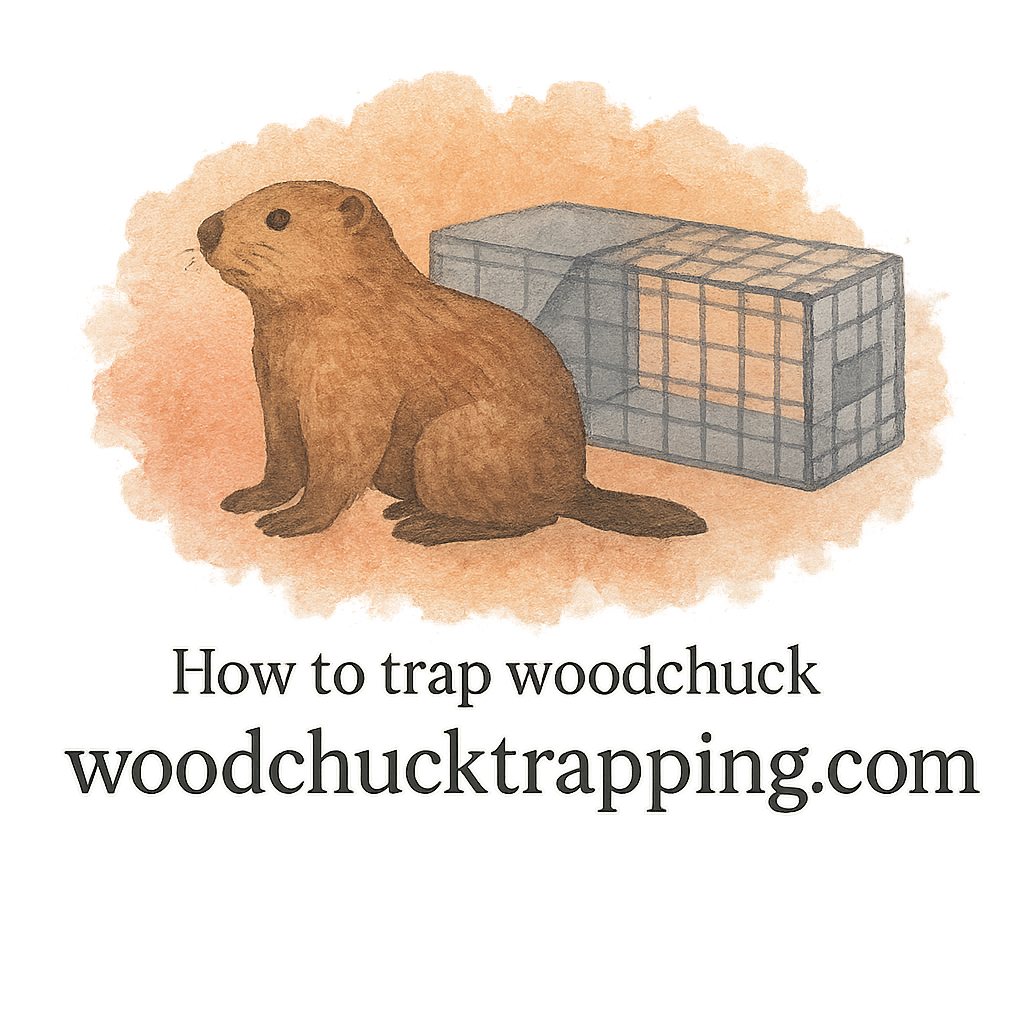Introduction
So, you finally trapped that pesky woodchuck that’s been digging tunnels in your yard. But here’s the deal: getting rid of one doesn’t mean you’re safe for good. These burrowing bandits are persistent and will happily return — or be replaced by another — if you’re not proactive.
Let’s dive into 10 smart, effective ways to prevent a woodchuck infestation after trapping, ensuring your lawn stays beautiful and burrow-free. Ready? Let’s roll.
1. Seal All Burrows Immediately
Why Burrow Closure is Crucial
After trapping, the first order of business is burrow management. Woodchucks (also called groundhogs) are creatures of habit. Leave a hole open, and you’re sending out an open invitation.
They tend to revisit familiar dens or abandoned burrows. Worse, other critters like skunks or rabbits might claim them.
How to Properly Seal Burrows
You want to seal the burrow after you’re sure no animals are left inside. Pack the entrance with gravel or soil, then layer it with sod or heavy rocks. For stubborn repeat offenders, consider trenching wire mesh around the area.
Explore more effective tips on trapping techniques and burrow behavior.
2. Install Woodchuck-Proof Fencing
Best Fence Materials
Woodchucks are diggers and climbers. Regular fencing won’t cut it. Go for heavy-duty galvanized wire fencing or hardware cloth. Bury it 12–18 inches underground and bend it outward like an “L” to block tunneling.
DIY vs Professional Installation
While you can go the DIY route, professionally-installed fences offer better durability and coverage — especially for larger properties or recurring infestations.
Check out gear reviews on compact traps and other equipment.
3. Clear Yard Debris and Overgrowth
Attractants Hidden in the Brush
A cluttered yard is a paradise for woodchucks. Brush piles, tall grass, and loose wood offer shelter and shade.
Landscaping Tips for Prevention
Regular mowing, leaf removal, and keeping shrubs trimmed low eliminate hiding spots. Use landscaping rocks or mulch beds to further discourage digging.
Learn more at Prevention & Damage Control.

4. Use Repellents and Scent Deterrents
Scent-Based Tactics That Work
Woodchucks hate strong odors. Predator urine (like fox or coyote), garlic spray, and ammonia-soaked rags near burrows can deter them naturally.
Best Commercial Repellents
Products like Bonide Repels-All or Havahart Critter Ridder are popular. Apply regularly around garden beds and burrow sites.
Explore scent bait and lure techniques for additional insights.
5. Create a Hostile Environment
Making Your Yard Less Appealing
Think like a woodchuck. They want quiet, shady, food-rich yards. So, reverse that. Open spaces, fewer hiding spots, and lots of noise or activity make them think twice.
Use reflective tape, wind chimes, or rotating garden decorations to increase visual disturbance.
6. Use Motion-Activated Devices
Tech Tools That Scare Off Woodchucks
Motion-triggered sprinklers or ultrasonic repellents startle intruders without harming them.
Where to Place Motion Devices
Put them near known burrow spots or around vegetable gardens. Rotate their placement every few days for better effectiveness.
Pro tip: Check out related tools and trap gear.
7. Remove Food Sources
What Woodchucks Love to Eat
They’re big fans of leafy greens, beans, peas, carrots, and clover. Even your ornamental flowers can become a salad bar.
Garden Management Tips
Install raised beds with fencing or garden netting. Pick fruits and veggies promptly. Companion plants (more on that next!) also help.
Learn more on yard damage prevention.
8. Use Companion Planting as a Deterrent
Plants Woodchucks Avoid
Some plants are naturally repellent to woodchucks. Try planting:
- Mint
- Lavender
- Garlic
- Onion
- Fennel
These scents mess with their sense of smell and make your yard less appetizing.
9. Monitor for Signs of Return
What to Watch For
Look for fresh dirt mounds, chewed plants, or new tunnel openings. Tracks and droppings also signal a comeback.
How to Stay Ahead of Reinfestation
Weekly checks — especially around fence lines and garden beds — keep you ahead of any new squatters.
Stay updated on signs and infestation alerts.
10. Consult Wildlife Control Experts
When to Call a Pro
If DIY isn’t working or your property is repeatedly targeted, it’s time to call in the big guns. Professional trappers use humane, legal, and effective methods — and help ensure compliance with local laws.
Get educated on laws and safety before taking action.
Conclusion
You trapped a woodchuck — now keep it that way! Prevention is a mix of barriers, deterrents, maintenance, and vigilance. Don’t let your hard work go to waste. Implementing these 10 strategies gives your yard the best chance at staying woodchuck-free for good.
And if they try to come back? You’ll be ready.
FAQs
1. How long do woodchucks live in the wild?
They typically live 3–6 years, but can survive longer in undisturbed areas.
2. Are woodchucks dangerous to pets or children?
Not usually, but they may defend themselves aggressively if cornered.
3. Can I use traps year-round?
Check your local regulations — trapping may only be legal during specific seasons. Learn more here.
4. Do ultrasonic repellents actually work on woodchucks?
They can work as part of a broader prevention strategy, especially when paired with fencing or repellents.
5. What’s the most effective woodchuck deterrent?
A combination of fencing, scent repellents, and burrow sealing usually works best.
6. Is it legal to relocate trapped woodchucks?
In many areas, it’s illegal or requires a permit. Always consult local wildlife authorities.
7. Can woodchucks climb fences?
Yes — that’s why you need a fence that’s at least 3 feet high and preferably curved at the top.


